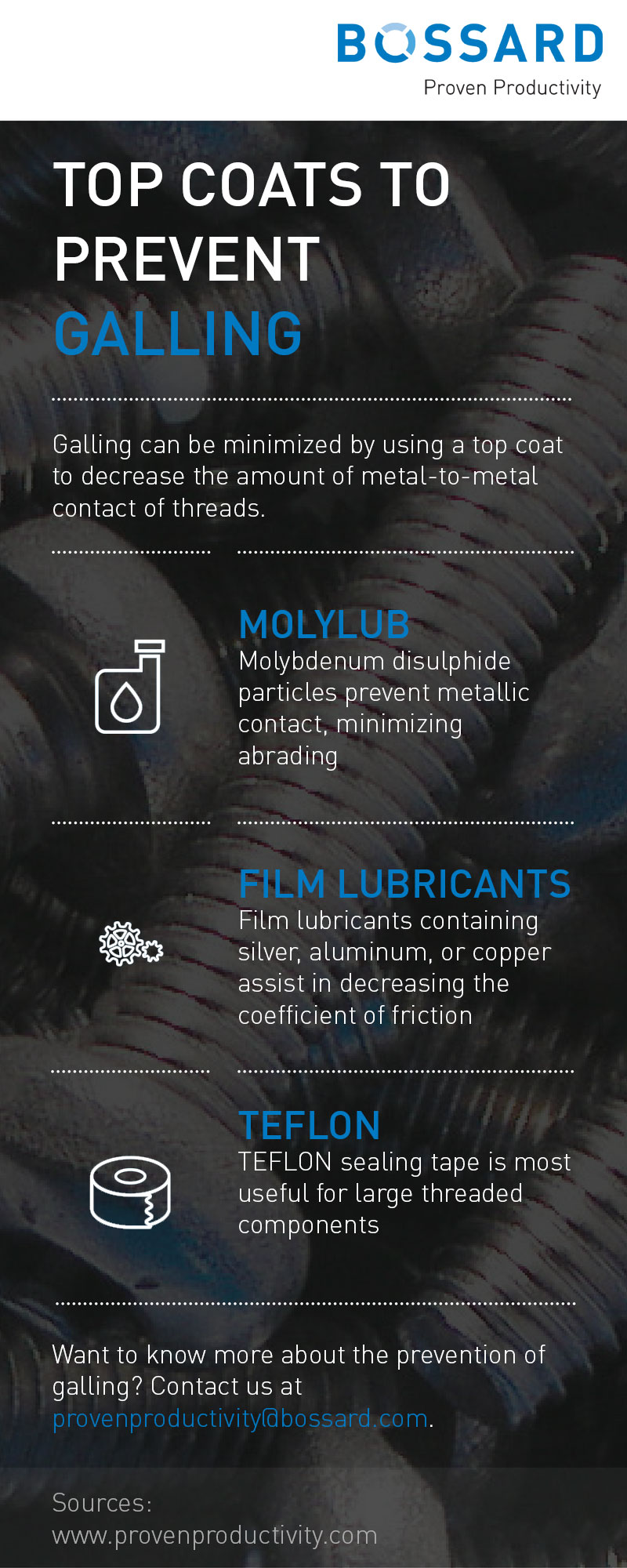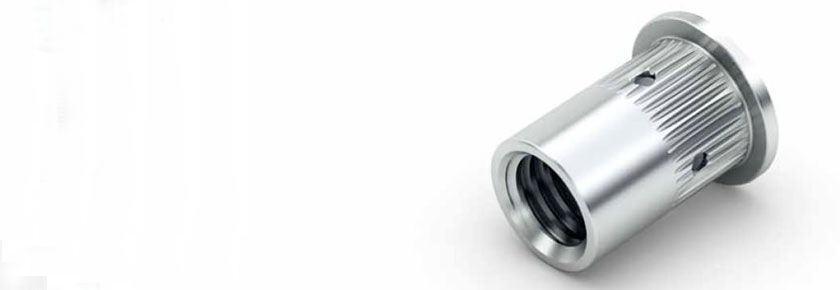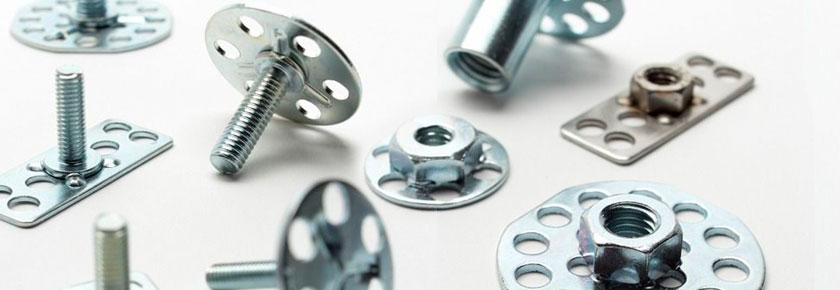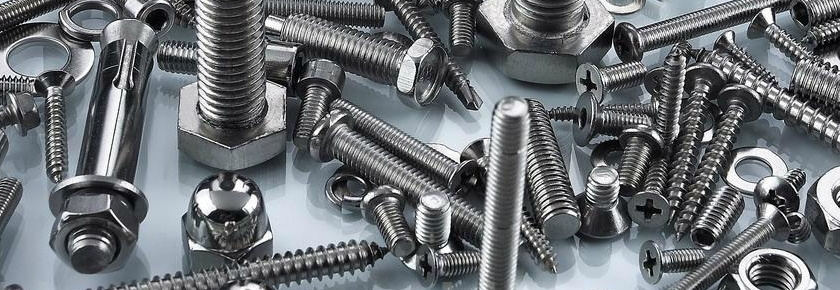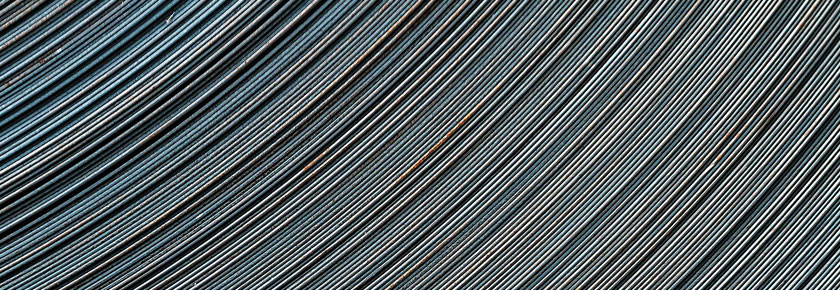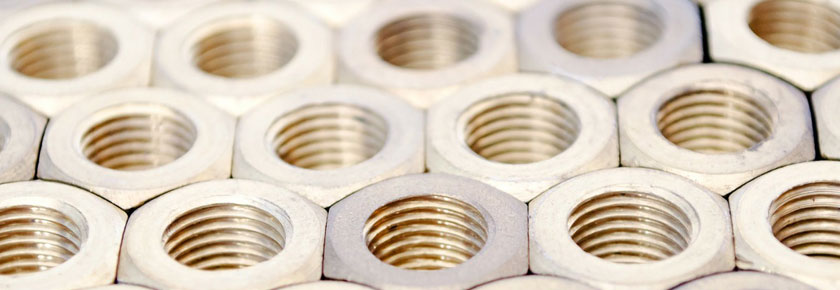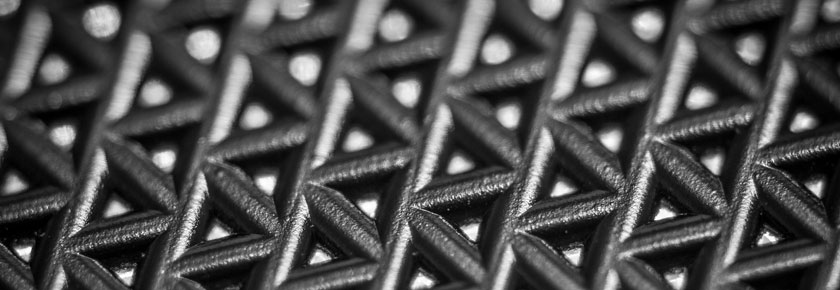Fastening Solutions for Automotive Applications: bigHead Bonding Fasteners
When looking into a fastener, ultimately, you want one that is reliable, secure and it is efficient with your time. Solutions like bigHead have been developed to ensure you have a reliable fastener, even if it the situation isn’t as straightforward. Recently, there have been some changes in how the automotive industry has been building vehicles. These changes require better fastening solutions.
Changes in Building in the Automotive Industry
Like every industry, the automotive industry is always trying to improve the way they do things. For a while now, performance cars have used lightweight composite materials to improve performance in those vehicles.
Now, however, many high-end and luxury car manufacturers are looking to use those lighter materials as well. These luxury manufacturers want to reduce CO2 emissions, improve fuel efficiency and improve safety features. Decreasing the weight of these vehicles through composite materials will help achieve these ends.
To make this material change would mean to change production and assembly procedures. The only potential problem with this change is automakers finding the right fasteners to work with these composite materials, and a fastener that can keep up with quick assembly procedures. This is where bigHead comes in; these fasteners were designed to as a quick and easy solution for tough fastening applications.
Fastening Solutions like bigHead
bigHead has developed new production techniques to fit specifically with the changes in the automotive industry’s needs. The following are advantages of bigHead for the automotive industry.
- bigHead fasteners can be securely and reliably bonded to CFRP panels with no special curing conditions.
- Bonding times can be as little as 6 seconds or 15 seconds.
- The results are completely invisible for the A-side panel with no holes or shadowing.
- The bigHeads perforated head design allows adhesive to flow through the holes and firmly lock the fastener with high load distribution and excellent stability.
- bigHead can be a highly precise application that doesn’t have to compromise the panel form or structural design.
These fastening solutions were created with automotive applications in mind. The needs of the automotive industry and automotive applications have been anticipated and bigHead provides the solutions. If you have questions about bigHead fastening solutions, reach out to us at ProvenProductivity@bossard.com.



